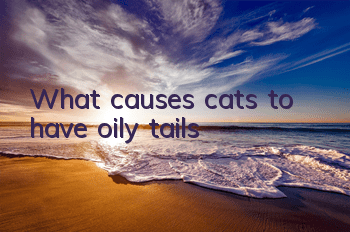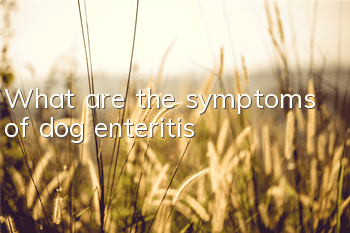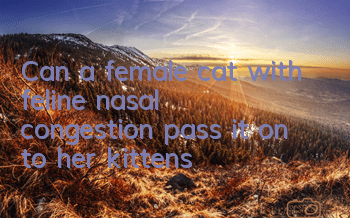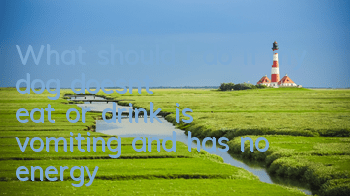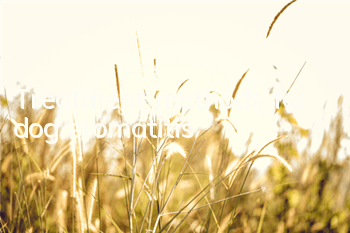Reasons for cats’ oily tails:
1. Strong hormone secretion in the body: Male cats in estrus will promote the secretion of sebaceous glands due to the action of male hormones, so they do not Neutered male cats are more susceptible to greasy tail, also commonly known as stallion tail problem. If there is no need for breeding, it is recommended that the owner neuter the cat as soon as possible to reduce the occurrence of greasy tail in the cat.
2. Endocrine disorders: Cats are relatively sensitive animals. If they are not raised properly, they can easily suffer from mental and physical diseases. Long-term stress will lead to endocrine disorders, thus Causes oily tail.
3. The owner does not comb the cat's hair regularly: If the cat's hair is not combed regularly, it can easily cause oil to accumulate in the tail, resulting in a greasy tail.
4. Greasy diet: If the cat’s usual diet is too greasy, such as eating oily food or cat food, it will also cause a greasy tail. In particular, food eaten by humans must not be given to cats, because human food contains relatively high amounts of salt and oil, which can easily cause cats to have greasy tails and cause abnormal hair loss.
Prevention and treatment of cat’s oily tail:
1. Wash the cat’s tail with special pet shower gel or no-rinse foam, twice a day. For severely oily tails, you can also consider shaving. After cleaning, apply erythromycin ointment on the affected area or directly use Kelu's bioenzyme cotton pads to clean the affected area.
2. After the cat eats, help the cat clean the sticky food residue and reduce the growth of bacteria.
3. Choose stainless steel, ceramic or glass food bowls, and pay attention to cleaning the food bowls every day to keep them clean.
4. Urge cats to drink more water. Cats need 50-60ml of water per kilogram of body weight. You can make cats drink water by adding more water bowls, adding cans with water, freeze-drying with water, etc. .
5. Feed cats less greasy cat food and food.
6. Keep the cat’s living environment ventilated and clean.
